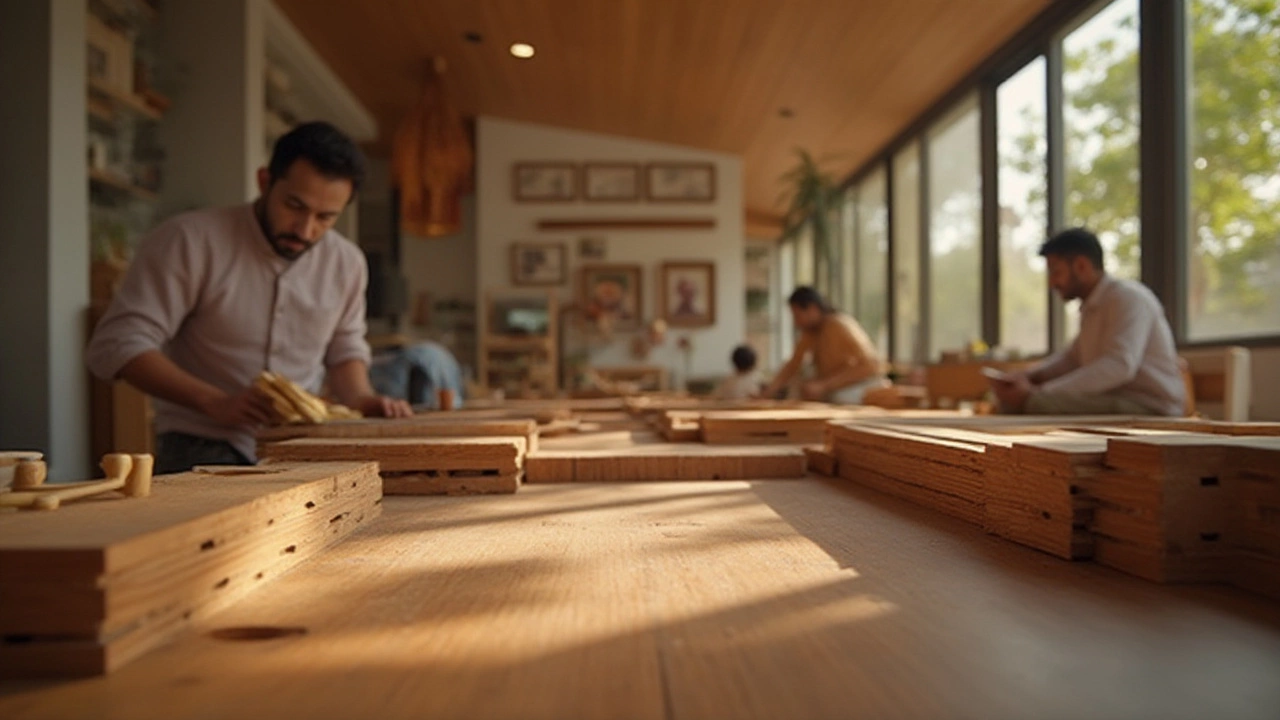Solid Wood Furniture: What You Need to Know
Solid wood furniture is a go‑to for many homes because it feels sturdy and looks natural. Whether you’re buying a sofa, coffee table, or dining set, solid wood can add warmth without breaking the bank. In this guide we’ll break down the big reasons people pick solid wood, give quick tips for buying, and share easy ways to keep it looking fresh.
Why Choose Solid Wood?
First up, solid wood lasts. Unlike particle board or veneer, each piece is one solid piece of timber, so it can handle everyday use better. If you get a dent or scratch, you can sand it out and refinish – the piece doesn’t need to be tossed. Second, the look is timeless. A solid oak table or maple dresser ages nicely, gaining character as the grain darkens. Third, solid wood is eco‑friendly when sourced responsibly. Look for certifications like FSC or PEFC to make sure the wood comes from well‑managed forests.
Solid wood also offers flexibility in style. You can find it in modern clean lines, rustic farmhouse, or classic mid‑century looks. Because the material is natural, it works with many color schemes – you can stain it dark, paint it white, or leave the natural finish. This makes it easy to match other furniture or change your décor later.
How to Pick and Care for Solid Wood Pieces
When you shop, start by checking the grain. Straight, tight grain usually means stronger wood. Ask the retailer if the piece is 100% solid or if it has any engineered parts – you want the core to be solid wood for durability. Feel the weight; solid wood tends to be heavier than particle board, which is a good sign.
Pick a finish that suits your lifestyle. A matte oil finish lets the wood breathe and is easy to touch up, while a high‑gloss polyurethane gives more protection but can show scratches. If you have pets or kids, a tougher finish might be the safer bet.
Keeping solid wood looking its best is simple. Wipe spills right away with a soft cloth – water can stain if it sits too long. Dust regularly with a dry microfiber cloth; avoid harsh chemicals that can strip the finish. Every few years, apply a wood conditioner or polish designed for your finish to keep the surface supple.
For larger pieces like beds or sofas, rotate cushions and use coasters under heavy items to prevent indentations. If you notice a small scratch, sand it lightly with fine‑grit sandpaper and apply a matching stain or finish. This quick fix can extend the life of the piece by years.
Finally, think about placement. Direct sunlight can fade the wood over time, so try to keep your solid wood furniture out of constant sun or use window treatments. Too much humidity can cause wood to expand, while dry air can make it shrink and crack – a humidifier or dehumidifier helps keep the environment stable.
Solid wood furniture brings durability, beauty, and a sense of craftsmanship to any room. By checking the grain, choosing the right finish, and giving it regular care, you’ll enjoy a piece that looks great for decades. Ready to add a solid wood sofa or coffee table to your living space? Use these tips, shop smart, and watch your home gain that natural, lasting charm.
How to Identify High Quality Furniture: Expert Tips and Signs
Spotting high quality furniture is easier with these real-world tips. Learn about materials, craftsmanship, design, and red flags to avoid regret.





